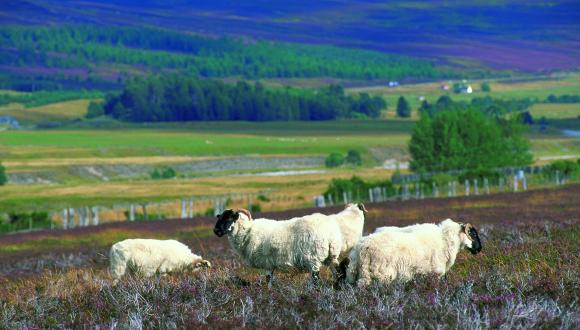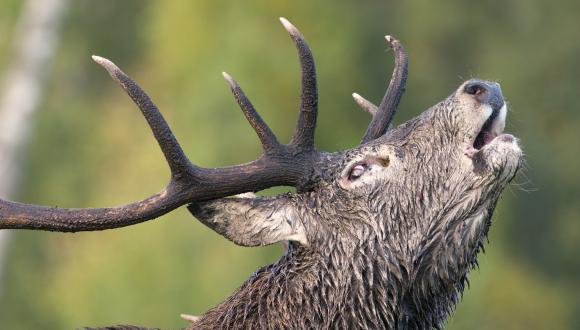
Delivering Favourable Condition programme
Designated sites in poor condition due to wild deer impacts can join the Delivering Favourable Condition programme to improve matters.
The UK must ensure that habitats and species designated under European legislation continue to represent the best examples of their type.
At the right levels, grazing and trampling by deer and other herbivores can help to maintain habitat and species diversity in our natural heritage sites. But too much or too little grazing can cause problems.
About the programme
The Delivering Favourable Condition programme brings together landowners and land managers, public bodies and conservation organisations to help improve sites adversely affected by grazing and trampling. Its approach combines monitoring, advice, financial incentives and regulation to improve habitat condition.
Making small changes to management practices may be enough to meet nature and landscape condition targets. Any solution must take account of the natural deer range and the practicalities of land ownership patterns.
Selecting programme sites
Site condition monitoring of designated sites provides a valuable check on the health of our nationally and internationally important sites.
An unfavourable assessment is the first trigger that alerts us to the need to take a closer look at the management of the site. More detailed survey work may be carried out to understand the nature and distribution of impacts. This robust evidence also provides a baseline against which to measure progress.
Sites found to have features in unfavourable condition due at least in part to grazing or trampling by wild deer are added to the Delivering Favourable Condition Site Action Plan. This is used as the basis for prioritising those sites most in need of attention for inclusion in the Delivering Favourable Condition programme.
The Action Plan will continue to be updated as sites are monitored again as part of the second cycle of site condition monitoring.
Find out more about individual designated sites on SiteLink.
Meeting favourable condition targets
Features may be considered to be ‘recovering’ where an agreed programme of management for the site has been secured by a formal agreement.
This may take the form of:
- a suitable management plan agreed with the landowner, public body or conservation organisation
- a concordat or memorandum of understanding
- actions supported by an NatureScot management agreement/grant or Forestry and Land Scotland grant
Management measures should address the causes of the initial unfavourable assessment and safeguard the feature across 95% of the site.
Progress will continue to be monitored and reviewed until habitat monitoring indicates that feature condition is improving.
Other designated site work
NatureScot also works with others to meet favourable condition targets for natural features where impacts are unrelated to deer or grazing and trampling.





